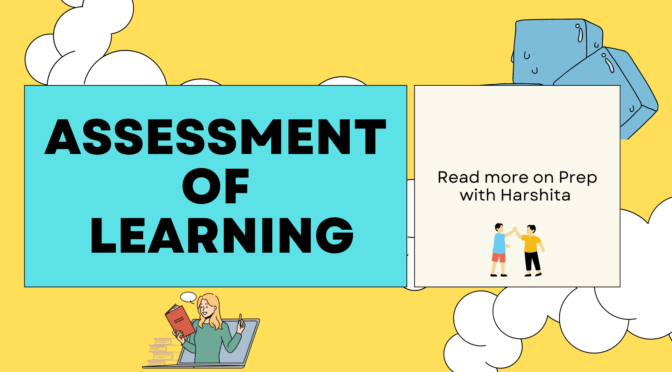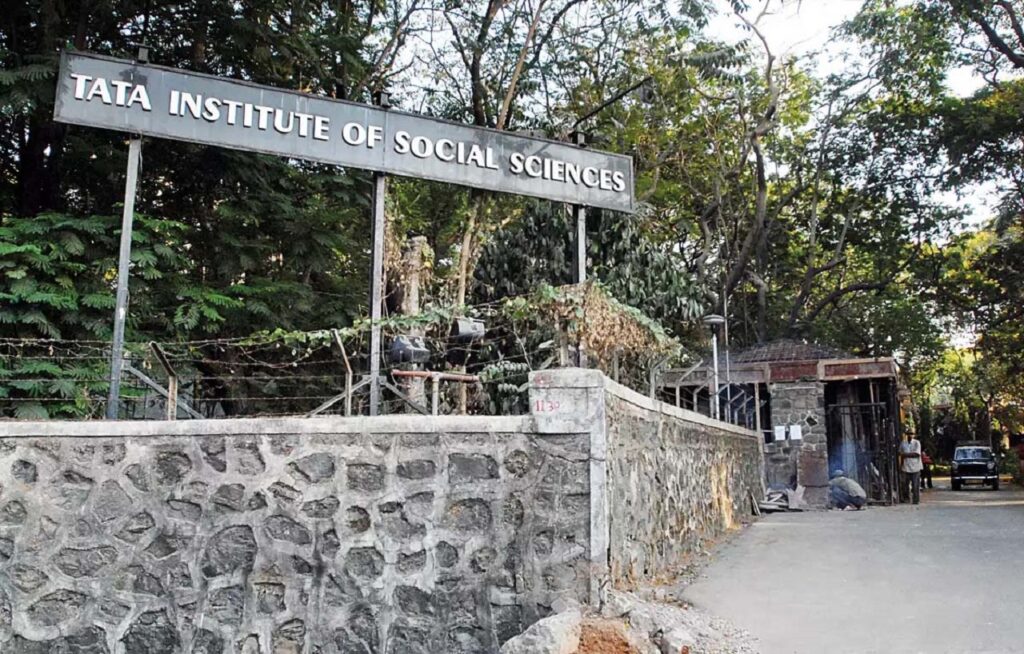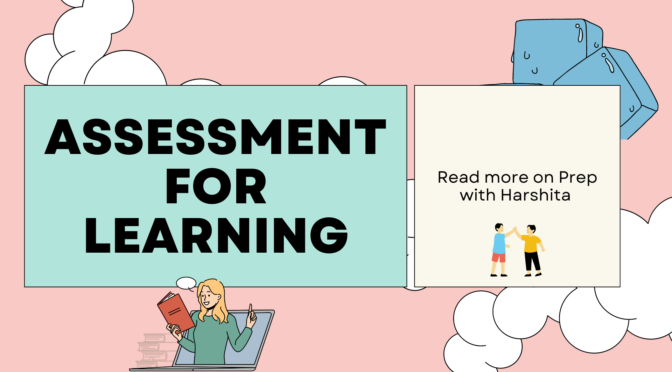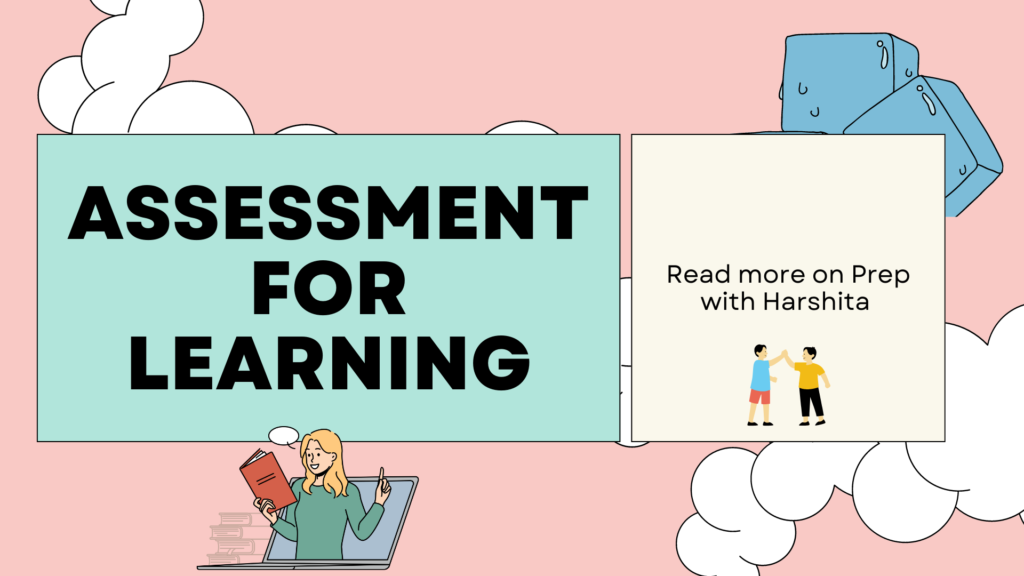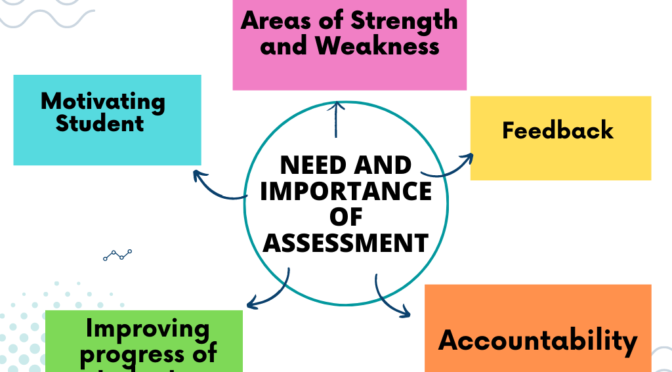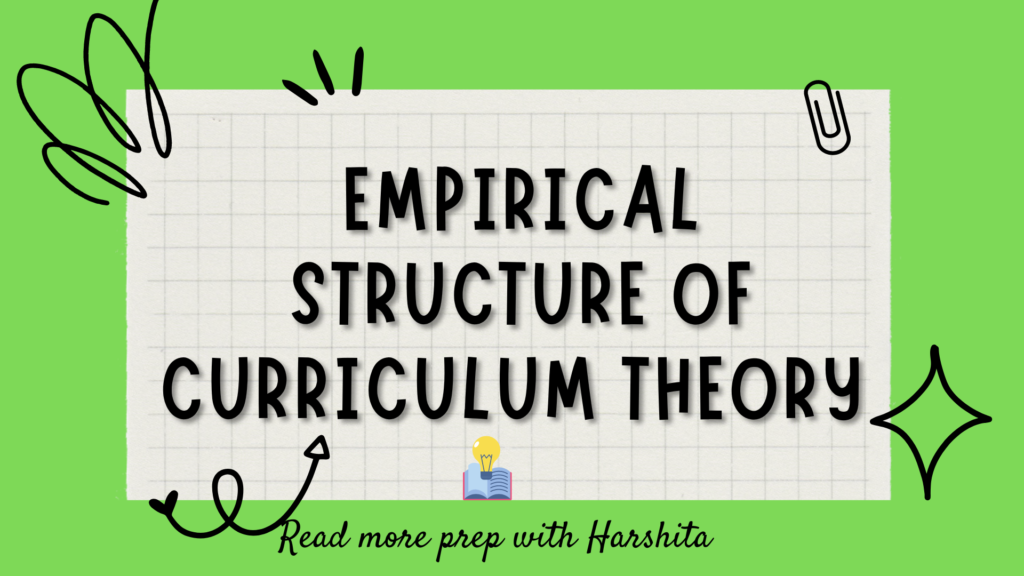Assessment of learning is the process of measuring and evaluating a student’s knowledge, understanding, and skills in a particular subject area. It is an essential component of education and is used to determine whether students have met the learning objectives of a course or program.
Features of Assessment of Learning :
- Assessment of learning can take many forms, including exams, tests, essays, projects, presentations, and assignments. Each type of assessment has its advantages and disadvantages, and the selection of the assessment method depends on the learning objectives, the nature of the subject, and the desired outcomes.
- It takes place at the end of a learning activity or course and is designed to evaluate the student’s understanding and knowledge level. It is often used for grading and certification purposes. Examples of this include final exams, standardized tests, and term papers.
- Its purpose is to measure and evaluate the student’s knowledge and understanding of the subject matter against a set of predetermined criteria.
- These assessments are usually administered after the learning activity has been completed and are designed to evaluate the overall achievement of the student.
- The primary objective of this is to provide an overall evaluation of a student’s performance in a specific area. They are often graded on a numerical scale or letter grade and used to determine a student’s final grade in a course or to certify that a student has met the learning objectives of a program.
- They are typically more formal than formative assessments and are usually administered under controlled conditions. They are designed to be objective, reliable, and consistent, ensuring that all students are evaluated using the same criteria.
While assessment of learning are an important component of the education system, they have some limitations. For example, they do not provide immediate feedback to students, and students may feel anxious or stressed when taking these assessments. Additionally, They may not reflect a student’s full understanding of a subject, as they only assess the knowledge and skills that have been explicitly taught.
Overall, assessment of learning is an essential component of education and is used to measure the effectiveness of teaching, evaluate student performance, and provide feedback for improvement. By using a variety of assessment methods, educators can ensure that students are evaluated fairly and that they have the opportunity to demonstrate their full understanding of a subject.
Also Visit : Prep with Harshita
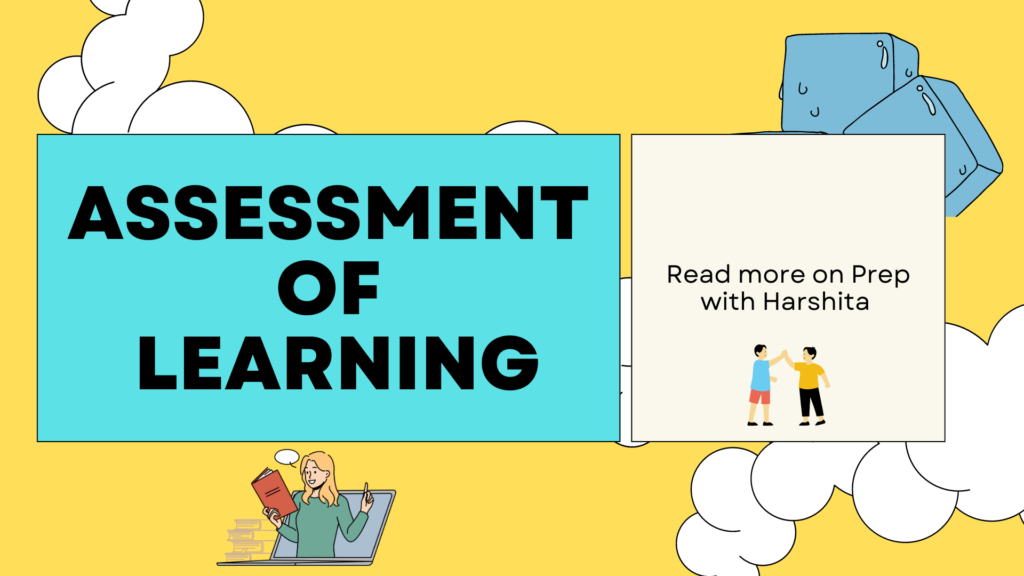
Also Read : Meaning and Need of Assessment

